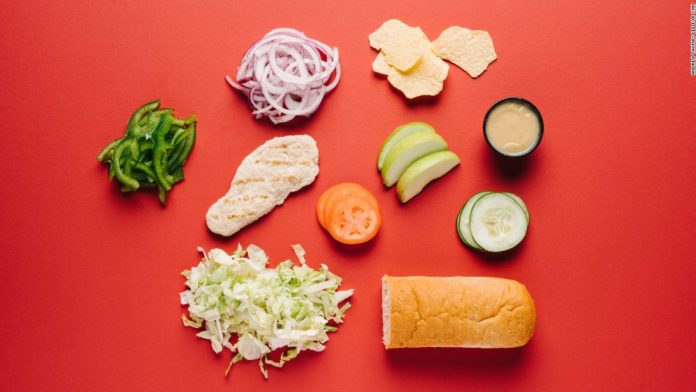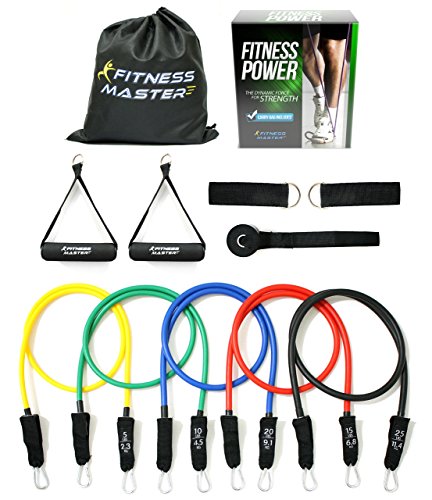
(CNN)A road trip might mean visiting friends, family or new places. But in addition to planning a day’s activities, it’s just as important to think about what you’ll be eating during your travels, especially if you don’t want to derail your diet.
“Planning ahead can help you make more nutritious food and beverage choices when you’re on the road,” said Elisa Zied, registered dietitian and author of “Nutrition at Your Fingertips.”
And there are some proven tips, tricks and strategies for eating well at fast food restaurants if you’re hitting the road.
Pack a snack bag. Protein- and fiber-rich snacks can help fill in nutrition gaps when pickings are slim. “Before you head out on a road trip, pack some single-serve nut butters and pre-portioned nuts and seeds in baggies,” Zied said. Whole-grain crackers and dried fruit are other good road snacks. By pre-portioning snacks, you are less likely to overeat while on the road.
Consider a cooler. Bringing more diverse snacks in a cooler is a great idea, especially for longer trips. “Fill a cooler with fresh fruit, preferably with peels, or berries in small containers, individually wrapped cheeses, low-fat yogurt or milk boxes, hummus and cut-up veggies,” Zied said. You can use these foods in between meals or to help round out fast food fare, she said.
Don’t forget water. It will keep you hydrated and help you stay on track. “Bring a bottle of water as well, so you are prepared for the day and less likely to run into a gas station mini mart,” said Rachel Lustgarten, a clinical dietitian at Weill Cornell Medicine. “Convenience stores are full of temptation and can lead to poor choices.”
For long drives, you can freeze bottles of water to use as ice in a cooler, and when they defrost, you can drink them.
Research menus. “Check out the (fast food) company’s website before your visit or look for listings on the walls or ask at the counter for a printed handout,” Lustgarten said. “Some of the calorie amounts will shock you!” You can also download fast food apps that are easily accessible during travel.
Keep it simple. Sticking to the basics and choosing lean protein foods, such as grilled chicken or turkey or a small burger and vegetables, is a good place to start, according to Zied. She also recommends keeping the starch serving small, like a standard bun or 6-inch wheat bread at Subway.
Substitute. Zied suggests limiting mayo or ketchup to a small pack each and avoiding fried chicken in particular. You can substitute a side salad, vegetable or fruit, if offered, for less-healthy high-calorie sides such as fries or onion rings.
It’s also wise to ask for salad dressings on the side, and use your fork to dip into the dressing to help save calories. If you want something more indulgent, choosing small sizes over larger ones can limit calories and fat but still give you taste.
Think beyond a burger. “Fast food restaurants have responded to consumers’ demands for healthier food in recent years, so don’t be afraid to branch out and try a new menu offering like a salad, soup or lighter sandwich,” Lustgarten said.
“You can’t go wrong with a 6-inch whole wheat sub at Subway with turkey, lots of veggies and mustard,” added Martha McKittrick, a registered dietitian in New York who has provided weight-loss counseling for more than 20 years. “Skip the chips and soda and order apple slices and water instead. And if you are watching carbs, eat half of the bread.”
Upgrade your sandwich. Ask for whole-wheat buns and breads, and avocado instead of bacon on top of a chicken breast. And don’t forget to pile on the veggies such as lettuce, tomato and onion.
Order a kids meal. Children’s meals are smaller, which means they are naturally lower in calories, sugars and sodium. Additionally, they often come with fruit and low-fat milk.
Keep snack calories in check. “I’d suggest about 250 calories for a woman and 350 for a man. So even it you didn’t pack healthy snacks, you’ll have some guidelines when faced with an array of tempting snacks at rest stops,” McKittrick said.
Don’t forget about food safety. “Sometimes, getting to wash hands prior to eating may not be a possibility, so having hand sanitizer is helpful,” said Angel C. Planells, a registered dietitian and spokesman for the Academy of Nutrition and Dietetics.
While focused on food safety, it is best to eat your food in a timely manner. This is especially important during hotter months. “If you get a fish sandwich with mayonnaise on it, and it’s sitting in a 90-degree car for more than an hour, you are increasing your risk of getting foodborne illness,” Planells said.
Snack between meals. Don’t let yourself get too hungry in between meals. Doing so can lead to overeating at the next meal, according to McKittrick. It’s not uncommon for cravings to appear suddenly during trips. “The fatigue and stress of traveling can make you seem hungrier than you are,” she noted.
Read more here: http://edition.cnn.com/






